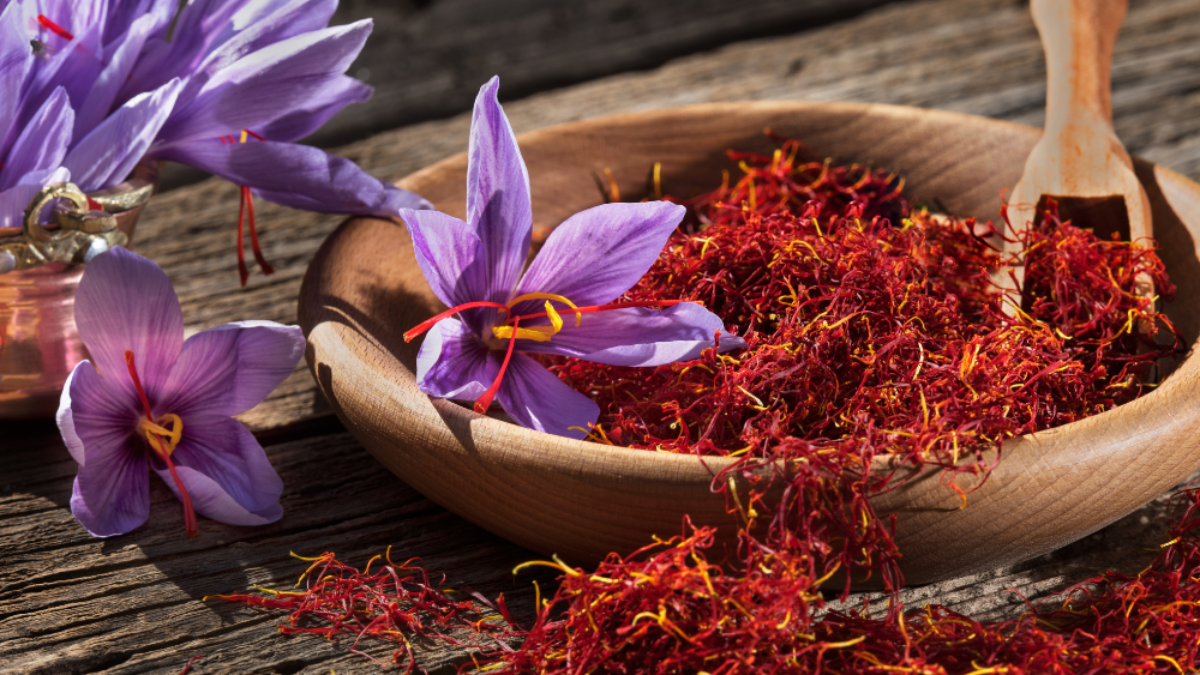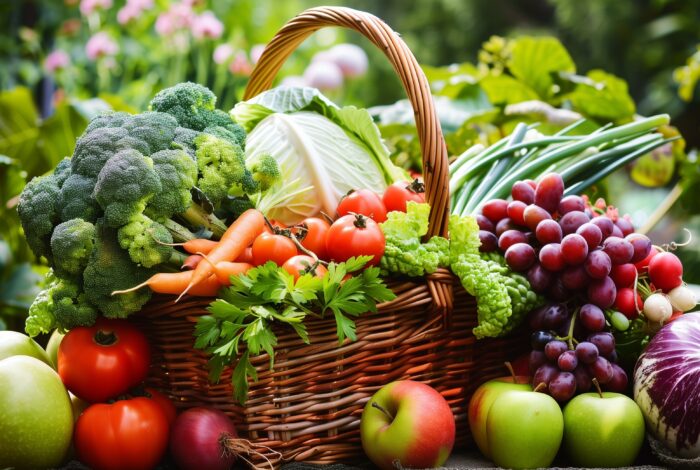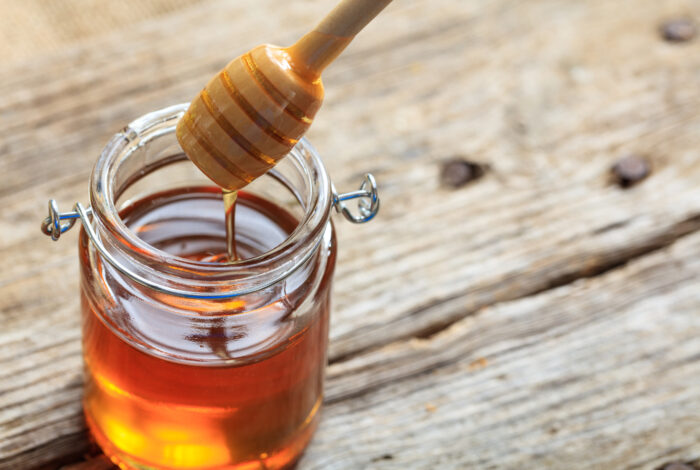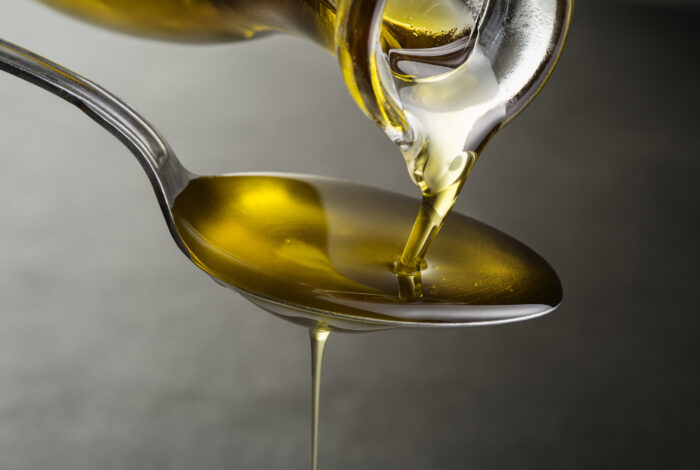In Greece, the region of Kozani is known for producing high-quality saffron, also known as Kozani saffron or Greek saffron.
Kozani saffron stands out globally for its high content of crocin, which gives it intense colour, aroma and strong antioxidant properties. As a product with Protected Designation of Origin (PDO), it is cultivated under ideal conditions and using traditional methods, ensuring top quality.
| Nutritional Value of Saffron | per serving: 1 tablespoon (2.1 g)1 | RDI per serving2 |
| Kcal | 6.5 | 0.5% |
| Fat (g) | 0.1 | 0.2% |
| Saturated fat (g) | 0.0 | 0.0% |
| Carbohydrates (g) | 1.4 | 0.5% |
| Fiber (g) | 0.1 | 0.3% |
| Sugar (g) | – | – |
| Protein (g) | 0.2 | 0.5% |
| Cholesterol (mg) | 0.0 | 0.0% |
| Salt (g) | 0.0 | 0.0% |
| 1 Values are based on the U.S. Department of Agriculture (USDA) nutrient database.[1] 2 The percentage of Recommended Daily Intake (% RDI) shows how much of the recommended daily intake of each nutrient is contained in a single serving. Calculations are based on U.S. Food and Drug Administration (FDA) daily values, based on 2,000 Kcal per day for an average healthy adult. Depending on an individual’s energy needs, % RDI can be lower or higher. | ||
Saffron is an extremely popular spice with high nutritional value, supplying us with important compounds necessary for good health.
Saffron, in the quantities usually consumed as part of a typical diet, yields minimal to zero calories, since it does not contain significant amounts of macronutrients: carbohydrates, proteins, fats.
However, saffron provides us with significant quantities of antioxidant compounds. The main antioxidants we find in saffron are picrocrocin, safranal, crocetin, crocin and kaempferol. Crocin, which is responsible for saffron’s red colour, is perhaps its most important antioxidant.
These compounds can protect our cells from oxidative stress and, by extension, promote good health.
Because of its nutritional profile, saffron is a spice that can have significant health benefits.
There are several studies showing that saffron can help improve mood and be a useful additional tool in depression management.[2]
Integrating saffron into our diet can improve cognitive function and promote heart health by reducing key cardiovascular risk factors. Specifically, saffron appears to reduce the levels of total and ‘bad’ cholesterol (LDL-C) and increase the levels of “good” cholesterol (HDL-C).[3]
Its beneficial effects are attributed to its antioxidant and anti-inflammatory properties, which promote cardiovascular health.
Finally, studies show that saffron can help manage the symptoms of premenstrual syndrome and boost sexual desire in men and women. In fact, the aphrodisiac properties of saffron have been known since antiquity.[4]
To sum up, saffron is a nutritional ‘treasure’ that boosts our health and promotes wellbeing.
BIBLIOGRAPHY
[1] USDA. Food Search. Spices, saffron. Available at: https://fdc.nal.usda.gov/fdc-app.html#/food-details/170934/nutrients. (Accessed October 2024).
[2] Tóth Β, Hegyi P, Lantos T, Szakács Z, Kerémi B, Varga G, Tenk J. The efficacy of saffron in the treatment of mild to moderate depression: A meta-analysis. Planta Med. 2019 85(1):24-31. doi: 10.1055/a-0660-9565.
[3] Zamani M, Zarei M, Nikbaf-Shandiz M, Gholami F, Hosseini A, Nadery M, Shiraseb F, Asbaghi O. The effects of saffron supplementation on cardiovascular risk factors in adults: A systematic review and dose-response meta-analysis. Front Nutr. 2022 8:9:1055517. doi: 10.3389/fnut.2022.1055517.
[4] Ranjbar Η, Akram Ashrafizaveh Α. Effects of saffron (Crocus sativus) on sexual dysfunction among men and women: A systematic review and meta-analysis. Avicenna J Phytomed. 2019 9(5): 419–427.










